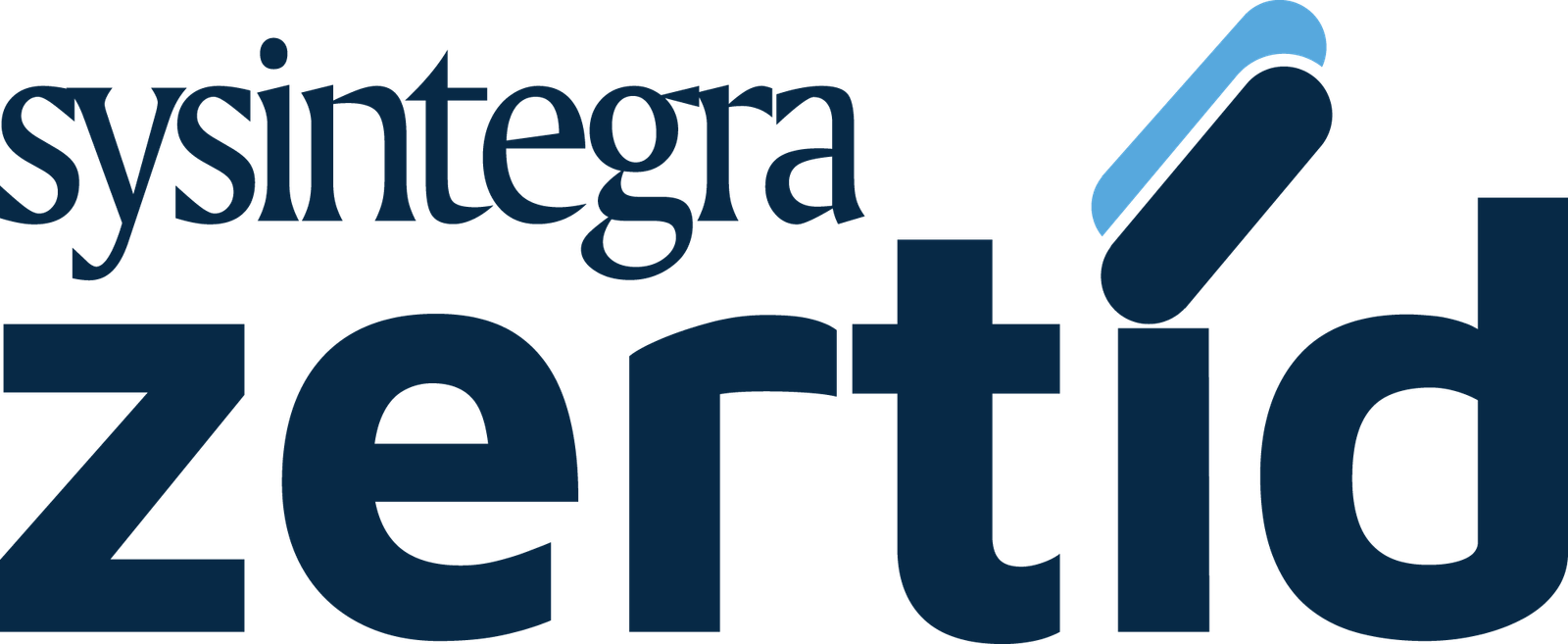
“In a digital world, trust is a vulnerability; and Zero Trust is the way to secure it”
An ever-expanding remote workforce in the face of the pandemic is forcing companies to redefine network security. Between unsecured home WiFi networks and personal devices to access company resources, cyberattackers have had plenty of opportunities for data theft.
As the noise fades away and companies look at an entirely remote or hybrid working style, there’s a desperate need to reassert control over what information is accessible to whom and when.
With effective Intelligent Digital Asset Management (IDAM), enterprises can assess risks, grant or revoke access, and integrate third-party services without compromising user experience while ensuring security.
In the new normal, Zero Trust is the only way forward for businesses to maintain security at all costs.
Traditional Access Management is Largely Obsolete
Zero Trust essentially treats every user as a threat by default unless proven otherwise. Before starting down the path of establishing the Zero Trust framework across an organization, there’s a need to assess how far the organization already is down that path.
Many companies already have the foundational elements covered- including single sign-on (SSO), multi factor authentication (MFA) and others that protect access and minimize vulnerability.
Enterprises may have enhanced the productivity of their workforce by automating security processes relating to onboarding and offboarding employees and implemented the right authentication policies.
From there, they can take the following steps to achieve Zero Trust across applications, APIs, servers and more.
Strategies for Implementing Zero Trust Approach
To achieve Zero Trust, an organization must assume their network has already been compromised and that now they need to minimize further risk. Here are a few strategies of many to do that-
- Segregation of Duties (SoD)
This principle warrants that no single individual or group of individuals have access to all of a company’s critical resources. If that were to happen, a malicious actor would only have to get hold of a small entity to gain access to everything in the corporate network.
Another important aspect of SoD is that no individual should have access to multiple critical parts of the pipeline. For instance, no developer should have access to test or production data or the ability to escalate privileges without an oversight.
- Multi Factor Authentication
Instead of relying on a password alone, multifactor authentication requires that a user also provide a code sent to either their email address or mobile number that only they have access to.
So multifactor authentication adds in a layer of IDAM security. Moreover, every factor falls into a separate category-
- Something the user knows: for instance, a pin or a password
- Something the user has: for instance, a credit card, mobile phone or physical token
- Something the user is: for instance, biometrics like facial pattern, retina scan or fingerprint
- Just-in-time Access
This principle mandates that no device or user has permanent, continuous access to a critical resource. Instead, their identity is verified and authenticated each time they try to access a sensitive resource and access to the resource is broken right after establishing it.
This ensures that security controls are practised every single time a user tries to access a critical resource.
- Least Privilege Access
SoD is, in fact, achieved by granting the least privilege access to each user, meaning that every user has only access to the data and applications they absolutely need to perform their job and nothing more.
This ensures that in the wake of a breach, a hacker only gets access to a minimal amount of resources, and the risk is reduced.
- Monitoring and Auditing Privileged Identities
For effective forensic analysis when breaches happen, it’s important to maintain an audit trail of the changes privileged users make to anything in a network. Real-time alerts can notify IT security personnel in case of any anomalous and suspected activity.
Successful implementation of Zero Trust requires stringent identity and access policies, which further amplifies the need for a modernized IAM solution.
Identity is the New Perimeter
No security control helps if an enterprise can’t identify their users. The employee of today uses a personal device to access critical resources in the organization. Therefore, the corporate firewall does the enterprise no good.
Digitization of enterprises provides employees with access to data and applications from outside the organization’s network, and so they need dynamic and continuous authentication to know who’s accessing what- at all times.
ZertID: Bridging ServiceNow and Zero Trust Approaches
For enterprises using ServiceNow, there is an easy option to upgrade their Identity & Access Management practices using the inbuilt security and workflow features of Now platform.
ZertID from Sysintegra helps enterprises to go beyond discrete and contextual access policies into a Zero Trust-based modern approach. ZertID is an enterprise-grade identity governance system that easily integrates into the Access Governance workflows and provides an umbrella solution for managing all aspects of Access Management & Governance and helps achieve Zero Trust.
Should you wish to discuss adding IAM to your ServiceNow environment, or how to optimize what you already have in place. Please contact us, or try ZertID, available on ServiceNow App Store.

WRITTEN BY
Kris Seetharam
Kris is the PM of Marketing at ZertID and is dedicated to marketing strategy roadmap, brand experience and lead nurturing. With a strong background in the ServiceNow ecosystem, Kris is exploring possibilities of identifying new opportunities across the globe.

